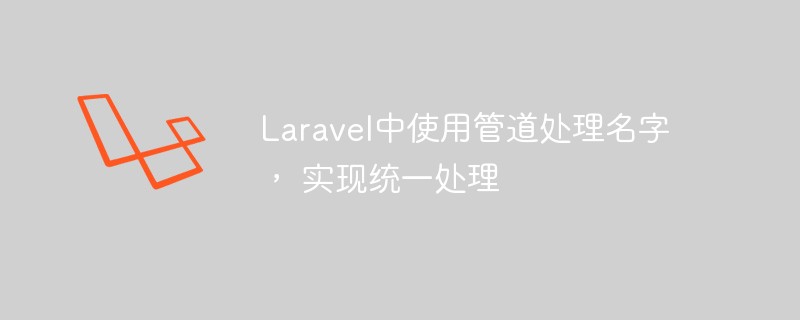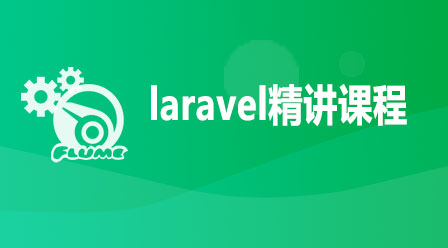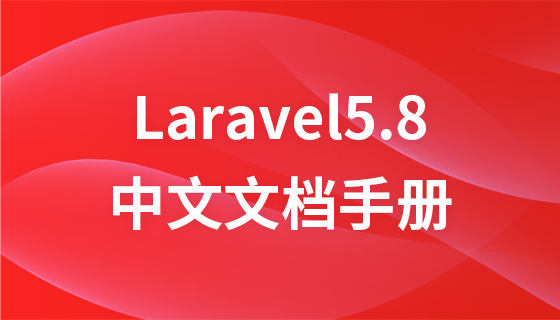下面由Laravel教程栏目给大家分享一个Laravel中的管道的使用实例,希望对需要的朋友有所帮助!

从代码的角度介绍管道的实际使用方式。有关管道的说明,网上已有较多的篇幅介绍,自行查阅。
本篇博客是使用管道处理名字, 实现统一处理的目的。
背景:
目前能找到的使用管道的介绍也很多,大多停留在对其介绍和引导,真正的深入到代码的部分不多。根据介绍,使用管道也有一定的阻碍,这里分享一篇关于使用管道的详细的代码实例,仅供参考。
本篇介绍是自己真实使用的过程的代码摘录,亲自测试,真实可用。只为抛砖引玉,不喜勿喷。
路由器部分
Route::get('/pipe', ['as'=>'pipe', 'uses'=>'PipeController@index']);控制代码
<?php
namespace App\Http\Controllers;
use App\Pipes\LeftWords;
use App\Pipes\RightWords;
use App\Pipes\BothSidesWords;
use Illuminate\Http\Request;
use Illuminate\Pipeline\Pipeline;
use App\User;
use Illuminate\Support\Str;
use Illuminate\Support\Facades\Hash;
class PipeController extends Controller
{
/* 定义管道
*
* 第一步处理
* 第二部处理
* 第三部处理
* */
protected $pipes = [
LeftWords::class,
RightWords::class,
BothSidesWords::class,
];
// 首页
public function index(Request $request){
$name = $request->input('name');
// $name = Str::random(10);
return app(Pipeline::class)
->send($name)
->through($this->pipes)
->then(function ($content) {
return User::create([
'name' => $content,
'email'=>Str::random(10).'@gmail.com',
'password'=>Hash::make('password'),
]);
});
}
}目录结构如下:
├─app │ │ User.php │ ├─Http │ │ ...│ │ │ ├─Models │ │ ...│ │ │ ├─Pipes │ │ │ BothSidesWords.php │ │ │ LeftWords.php │ │ │ RightWords.php │ │ │ │ │ └─Contracts │ │ PipeContracts.php
interface的代码
路径app/Pipes/Contracts/Pipe.php下的代码如下:
<?php
namespace App\Pipes\Contracts;
use Closure;
interface PipeContracts
{
public function handle($body, Closure $next);
}三个管道的类的代码LeftWords.php的代码
<?php
namespace App\Pipes;
use App\Pipes\Contracts\PipeContracts;
use Closure;
class LeftWords implements PipeContracts{
public function handle($body, Closure $next)
{
// TODO: Implement handle() method.
$body = 'left-'.$body;
return $next($body);
}
}LeftWords.php的代码
<?php
namespace App\Pipes;
use App\Pipes\Contracts\PipeContracts;
use Closure;
class RightWords implements PipeContracts{
public function handle($body, Closure $next)
{
// TODO: Implement handle() method.
$body = $body.'-right';
return $next($body);
}
}BothSidesWords.php的代码
<?php
namespace App\Pipes;
use App\Pipes\Contracts\PipeContracts;
use Closure;
class BothSidesWords implements PipeContracts{
public function handle($body, Closure $next)
{
// TODO: Implement handle() method.
$body = '['.$body.']';
return $next($body);
}
}这里我们使用管道默认的方法handle,你可以自定义方法名。像下面这样定义myHandleMethod为处理方法名称。
return app(Pipeline::class)
->send($name)
->through($this->pipes)
->via('myHandleMethod')
->then(function ($content) {
return User::create([
'name' => $content,
'email'=>Str::random(10).'@gmail.com',
'password'=>Hash::make('password'),
]);
});你这样定义后,修改你的interface,同时修改你的实现类即可。
访问http://localhost/pipe?name=lisa之后,能成功打印出获取的结果。User表内部,有数据保存成功。
{
"name": "[left-lisa-right]",
"email": "3riSrDuBFv@gmail.com",
"updated_at": "2020-09-05T05:57:14.000000Z",
"created_at": "2020-09-05T05:57:14.000000Z",
"id": 15
}以上就是Laravel中使用管道处理名字, 实现统一处理的详细内容,更多请关注php中文网其它相关文章!

每个人都需要一台速度更快、更稳定的 PC。随着时间的推移,垃圾文件、旧注册表数据和不必要的后台进程会占用资源并降低性能。幸运的是,许多工具可以让 Windows 保持平稳运行。




Copyright 2014-2025 https://www.php.cn/ All Rights Reserved | php.cn | 湘ICP备2023035733号